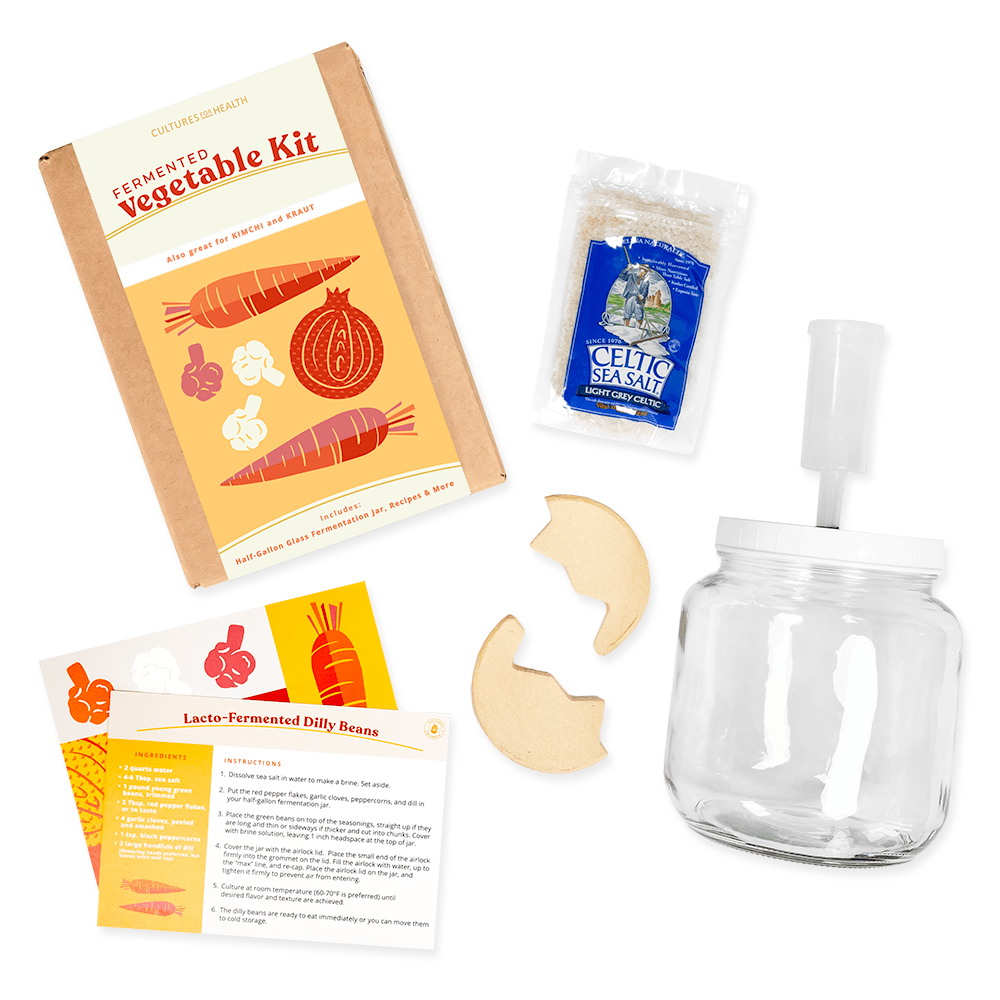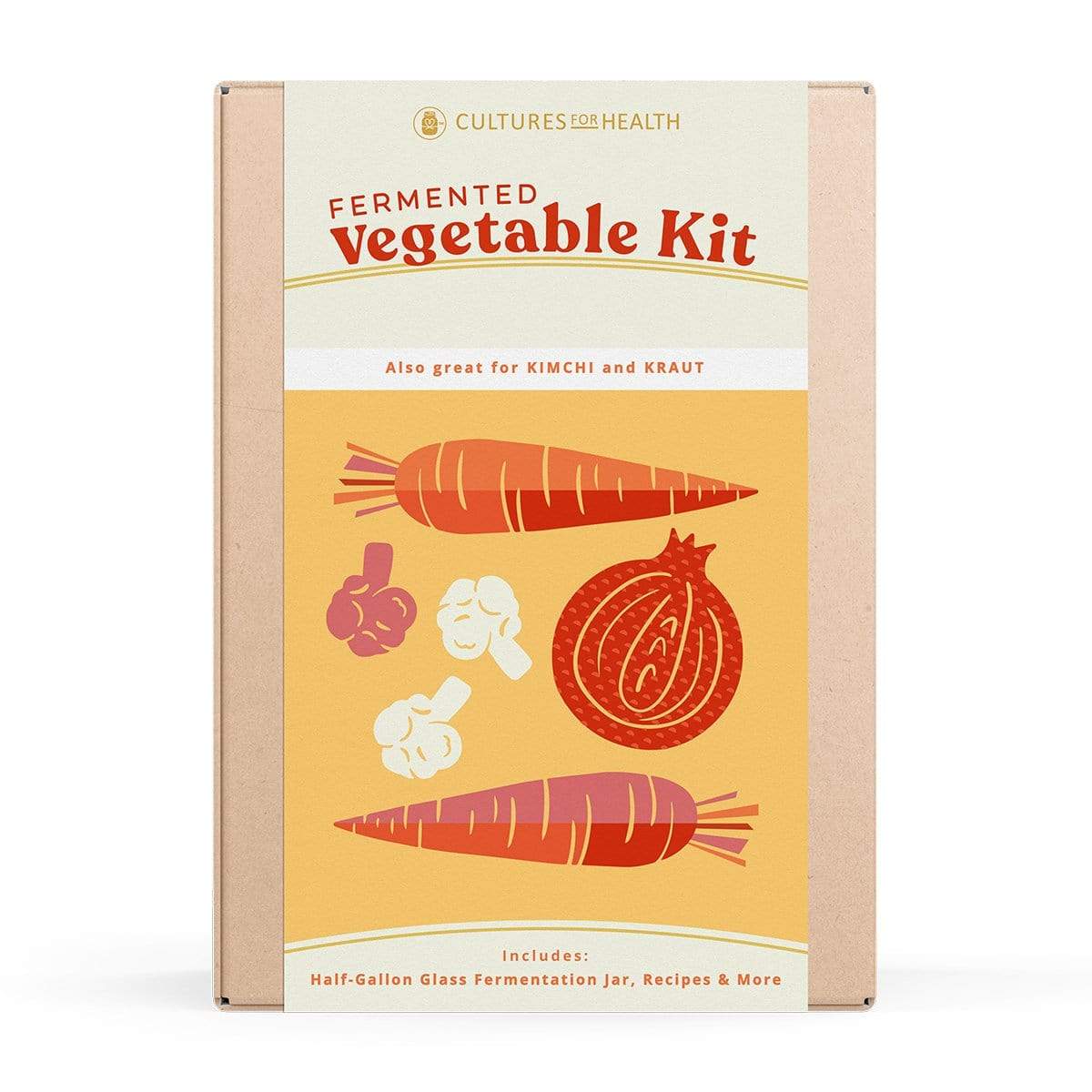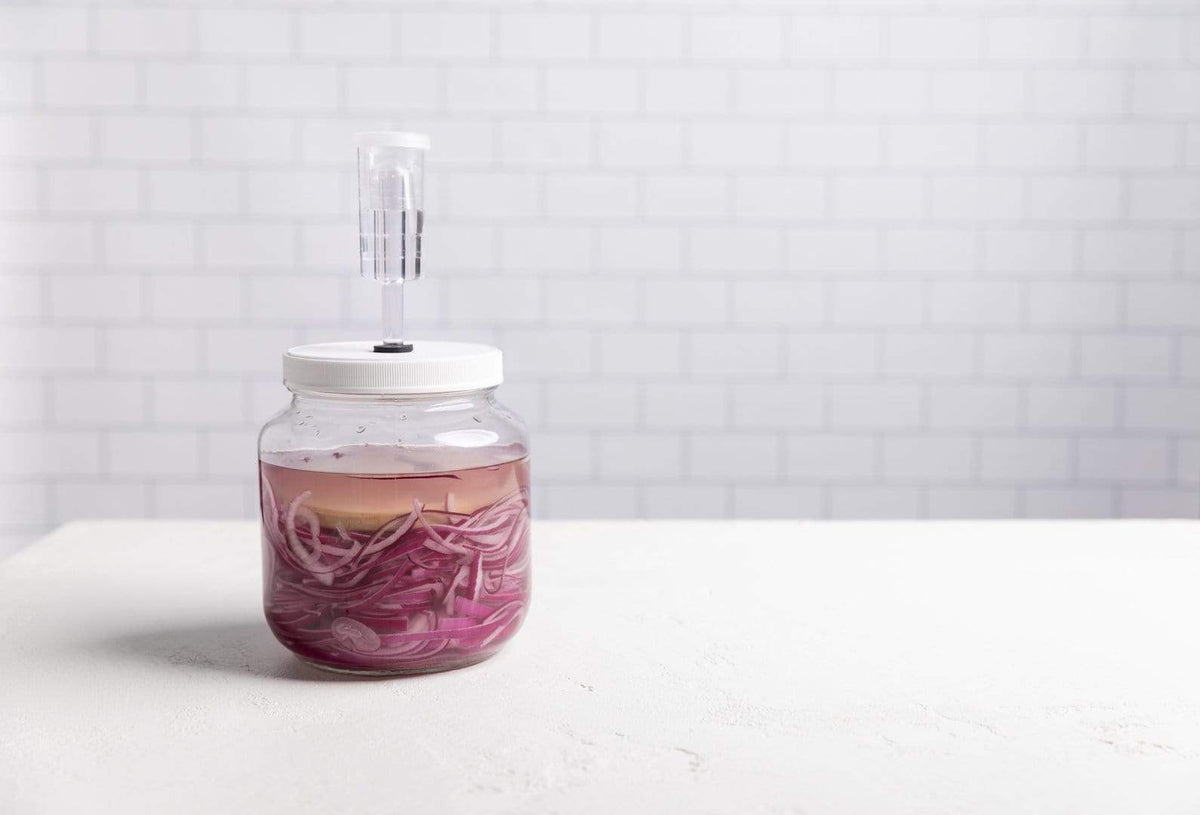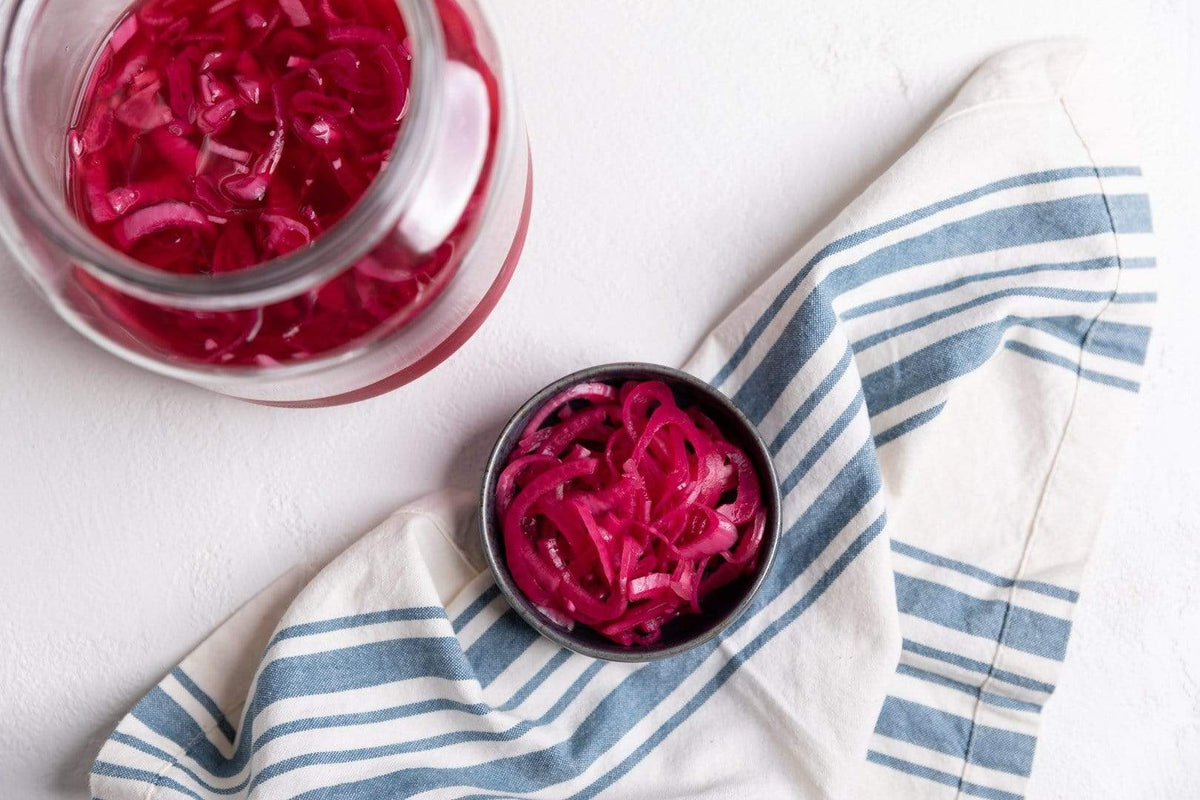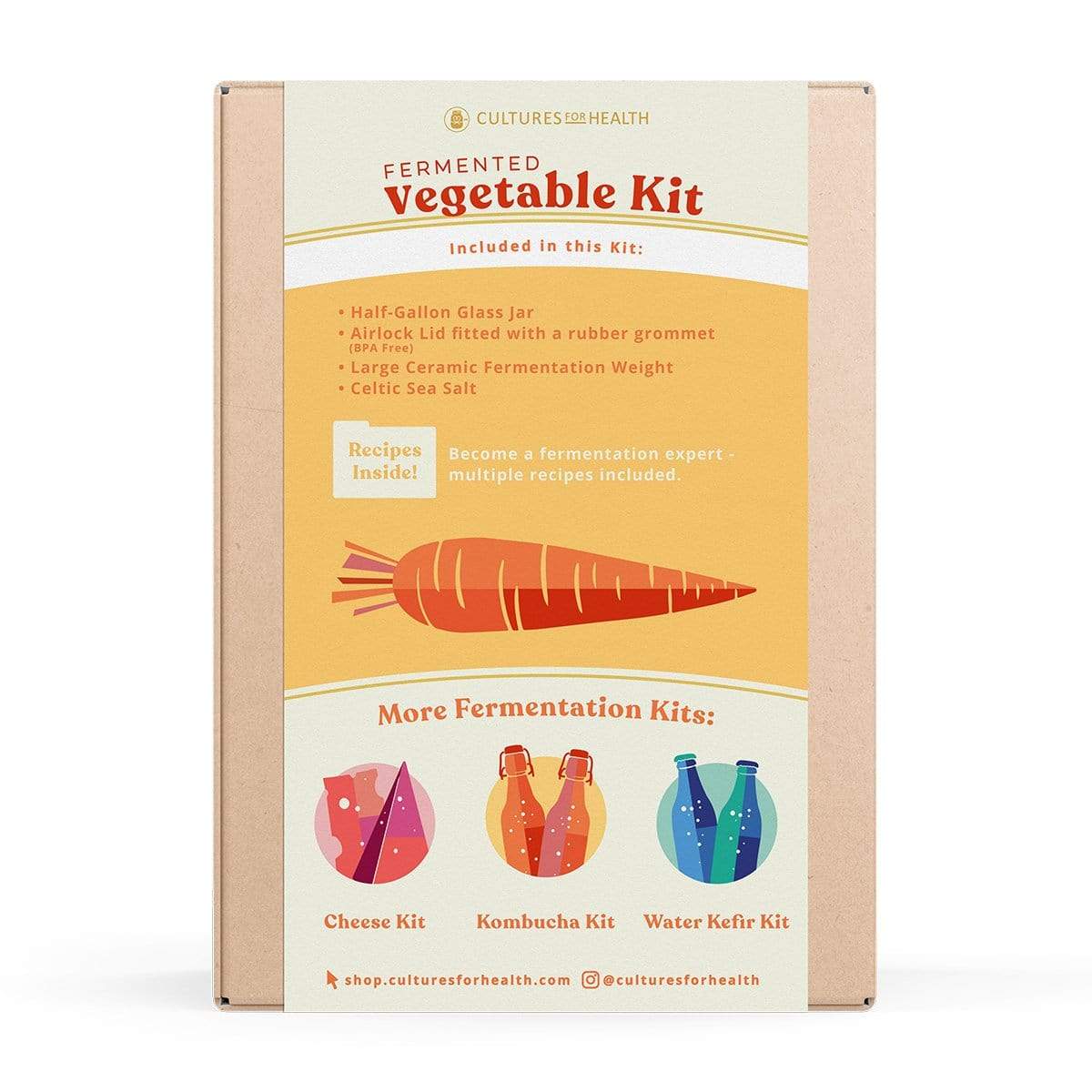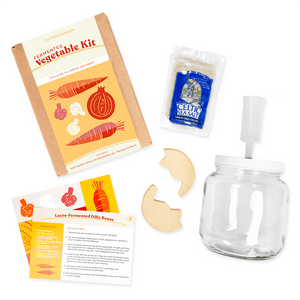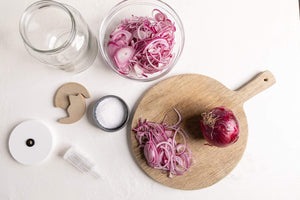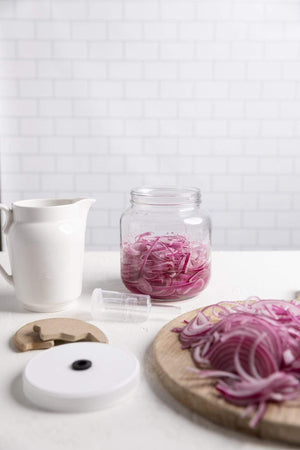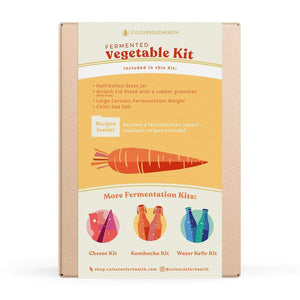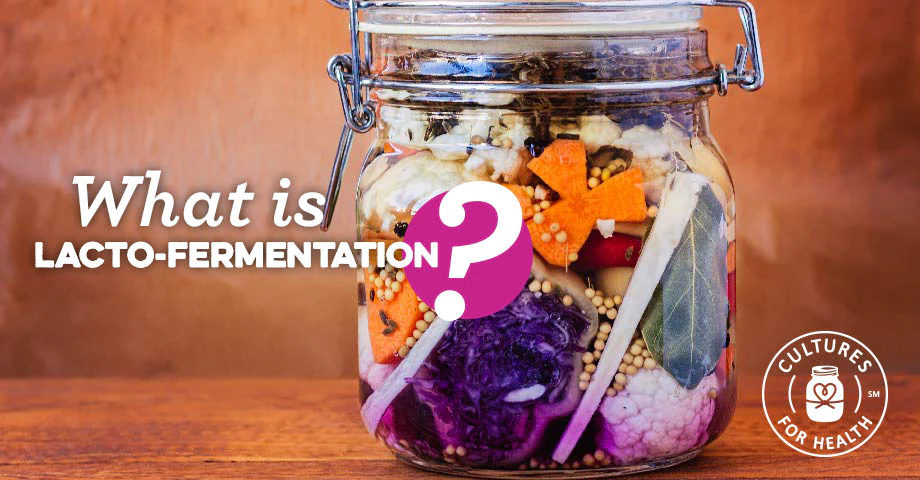
Lacto fermentation, a process as old as life itself, has been vital in the preservation and enhancement of food.At some point, humans learned to guide the process to repeat especially tasty results. These processes have been handed down and passed around, creating beloved foods and national dishes. The most familiar fermented foods are made using lacto-fermentation.
BACTERIA AND LACTO-FERMENTATION
While many associate the term fermentation with alcoholic drinks like beer or wine, it's the bacteria that drive the process of lacto fermentation. The “lacto” in the term refers to a specific species of bacteria, Lactobacillus. Strains of these bacteria are found on all plant surfaces, especially those growing close to the ground, and are also common in the gastrointestinal tracts, mouths, and vaginas of humans and other animals.
Lactobacillus bacteria showcase the ability to convert sugars into lactic acid, a significant factor in the lacto fermentation process. Named after their discovery in milk ferments, these bacteria readily convert lactose or other sugars into lactic acid. However, lacto-fermentation doesn't necessarily involve dairy products.
Lactic acid is a natural preservative that inhibits the growth of harmful bacteria. (Read more aboutpreserving food with lacto-fermentation.) Beyond preservation advantages, lacto-fermentation also increases or preserves the vitamin and enzyme levels, as well as digestibility, of the fermented food. In addition, lactobacillus organisms are heavily researched for substances that may contribute to good health.
Click to download our Lacto-Fermentation Guide and Recipe Book today to delve deeper into what is lacto fermentation and how you can incorporate it into your lifestyle. It's filled with various ferment recipes and information about the benefits of lacto-fermentation and getting started.
THE WORLD OF LACTO-FERMENTED FOODS
Fermented Vegetable Kit
The diets of every traditional society have included some kind of lacto-fermented food. Europeans consume lacto-fermented dairy, sauerkraut, grape leaves, herbs, and root vegetables. The Alaskan Inuit ferment fish and sea mammals. The Orient is known for pickled vegetables, sauces, and kimchi in particular. Farming societies in central Africa are known for porridges made from soured grains.
Pickles and relishes are a part of the American food tradition. Since the advent of industrialization, most pickling is done with vinegar, which offers more predictable results, but no lactic acid. With just a little patience, instruction, and minimal supplies, it is possible to learn the time-honored art of lacto-fermentation.
The important thing is not to be intimidated by lacto-fermentation. Unless it smells unmistakably putrid (in which case common sense says throw it away), fermented foods are some of the safest foods. They are easy for even a beginner to prepare, and it doesn’t take long to gain enough confidence to venture beyond basic yogurt or sauerkraut to an endless variety of vegetables and fruits, beverages and more.
DIVE INTO FERMENTING VEGETABLES WITH LACTO
Ready to start fermenting foods on your own? Try these easy beginner recipes:














